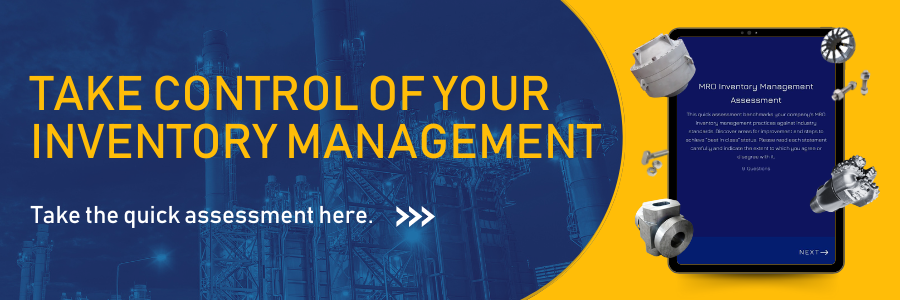There’s Gold Under Those Deck Plates
How Complicated Procedures Cause Unwanted Actions and Cost You Money
Not long ago, on a visit to a rig as part of a global inventory assessment and strategy engagement for an international drilling contractor, I discovered a gold mine. During a tour through the inventory storage spaces onboard, I noticed that there were fiberglass deck plates instead of steel decking in some places. The clips that held a couple of them down were loose, so I mentioned this as a potential safety issue and proceeded to lift one to illustrate my point. Upon lifting the loose plate, we noticed that there were a number of crates of inventory stored under the deck plates. We safely opened the crates, and I was surprised by the large number of parts being stored in these crates. What really got my attention was that these parts were unlabeled and not included in the data that was previously shared with me. I asked the Materials coordinator and the Maintenance Lead who were showing me around what the parts and equipment were and why they were not recorded in the ERP system. They stumbled around for a minute and then told me they were leftover spares from the shipyard after construction – five years prior! So why were these valuable parts being stored in all-but-invisible crates? They answered that the procedure to credit the project AFE and bring them into stock was so complex that no one, even the accountant, understood how to do it. They explained that it was a lot easier to hide the spares and try to remember they were there if ever needed. It is obvious why this is a bad idea from an accounting perspective. Operationally speaking, these were mainly critical spares, including a lot of high-value, long lead time DP (dynamic positioning) system parts. When I asked if these parts were documented anywhere, it became clear that the only place the documentation existed was in the heads of these two people. I asked them what they thought might happen if every rig did this, what if no one entered these parts into the inventory system? At first, they couldn’t see why this was a concern. Then, I asked, what about providing visibility so one of the other rigs in your company could use the parts if they were in need? Luckily, they readily understood that this was not the right way to manage inventory and agreed that they would work with the rig manager and accountant to have the items added to inventory and recorded in their ERP.
I wish I could say that this was an isolated issue, but this is common during construction and upgrade projects in offshore drilling. We have seen and heard of major equipment (including a workboat, ATV’s, UTV’s, an airboat, and much more) leaving the project site of an EPIC company or even being buried when a pipeline company shuts down a facility because no one knows how to complete the processes or a lack of a clear process that is understood by all.
There are a few questions to ask ourselves to ensure we do not have the same issues- whether the parts are hiding under the deck plates or buried in some other obscure location.
- Do you have a procedure for how to handle spares left over from construction and upgrade projects? The same for how to handle equipment remaining at the end of a construction project.
- Is the procedure disseminated to all parties involved?
- Is the procedure understood by all parties involved?
- Do you have unnecessary steps to the procedure that make it difficult to understand and implement?
- Is the procedure audited?
- Include a purpose statement to define the rationale for writing this inventory management procedure.
- Include a scope that clearly defines what is included and excluded in the procedure.
- One of the most critical elements of an exemplary procedure is the responsibility section that clearly defines who is responsible for each step of the procedure as well as those who are approvers or must be notified.
- It is always recommended to include a definitions section of the procedure so everyone involved understands the terminology being used. There are so many acronyms, and they are not common knowledge, so don’t forget to include them.
- Involve or request feedback from a sample of your field staff to ensure they don’t see practical issues with the procedure, as it is a lot easier to make a change before the procedure is rolled out.
- Ensure the document is approved and signed off so that everyone knows that this is an approved procedure and that following it is compulsory.
- Disseminate the procedure and ensure all parties that will be involved completely understand the procedure.
- Audit the process to ensure it is being followed.
Inventory Management Solutions
Asset Management Solutions
Distribution Management Solutions




